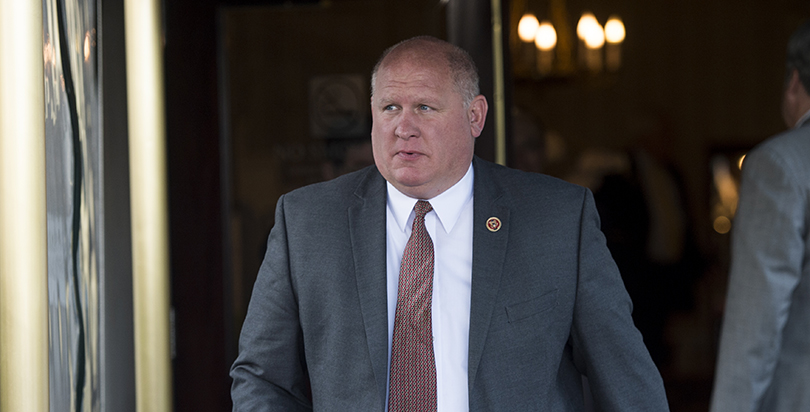Career and Tech Ed for the Modern Age: 3 Things to Know About the New Federal Proposal

Workforce Alignment: A criticism commonly leveled at CTE programs is that they only prepare students for the “careers of the past,” continuing with offerings like carpentry or welding, instead of creating new programs in, say, advanced manufacturing or health sciences. The bill would require districts and states to consult with local employers when planning and setting goals for their CTE programs. It also promotes “work-based learning” for more on-the-job training and gives states greater flexibility to funnel additional dollars to training for particularly in-demand industries.
Easier Access to Dollars: Under the current law, states and districts each have to come up with detailed plans for what they’ll do with their federal grants. The bill would cut down on the application for states and also better align it with requirements under the Workforce Innovation and Opportunity Act, a 2014 bill that set new standards for federal job-training grants. Instead of submitting complicated plans, school districts will be able to fill out what the House education committee calls a “simple, easy-to-complete local application” to receive their dollars. And their reporting requirements will now align with the Every Student Succeeds Act.
The bill also increases (from 10 percent to 15 percent) the amount of dollars that states can use for students in rural areas or places with a high concentration of students studying CTE. In 2013–14, 7.5 million students took at least one CTE class, according to the Association for Career and Technical Education, citing federal statistics.
Federal Hands Off: Following in the footsteps of the Every Student Succeeds Act, the legislation would roll back the federal Education Department’s role in the programs. It would eliminate an existing requirement that states negotiate their performance targets with the feds, instead letting states develop improvement plans for programs that aren’t meeting benchmarks (as opposed to losing federal funding). And in keeping with ESSA, the bill is explicit in its prohibitions on the department mandating or incentivizing curriculum — including, the authors are clear to point out, the Common Core State Standards.
The law originated as the Carl D. Perkins Act (named for the Kentucky Democrat who served in the House for 35 years) and was originally passed in the early 1980s. The federal government gives out about $1.1 billion annually to high schools and colleges for career and technical education programs. The bill was last reauthorized a decade ago and was due again in 2012. Lawmakers from both parties and advocates from all camps widely agreed on the need to update it.
Get stories like these delivered straight to your inbox. Sign up for The 74 Newsletter

;)
